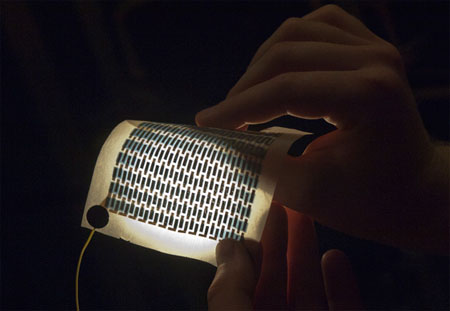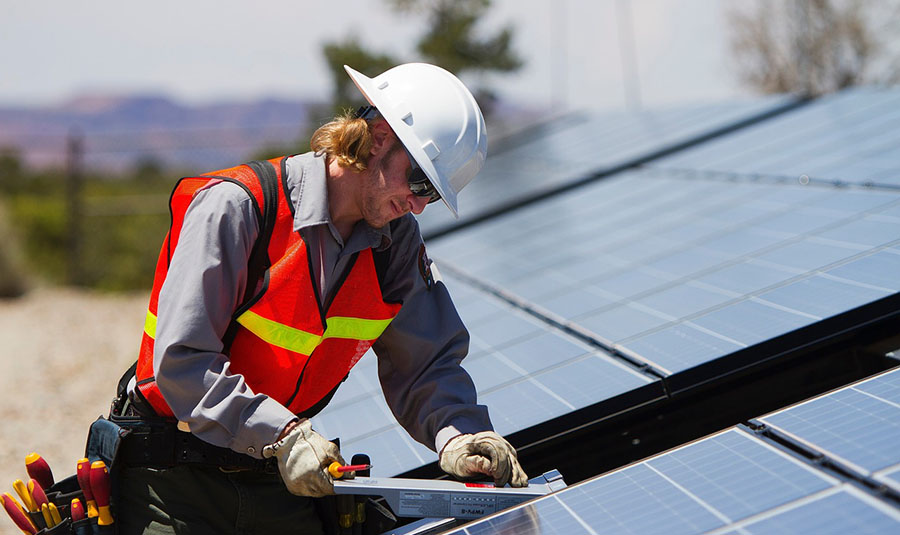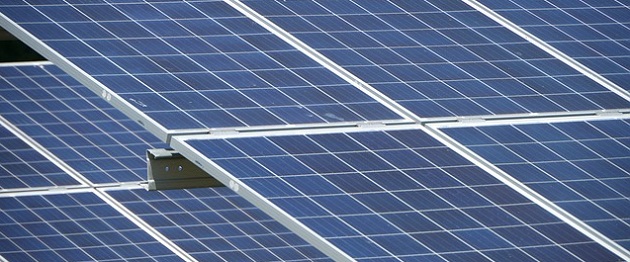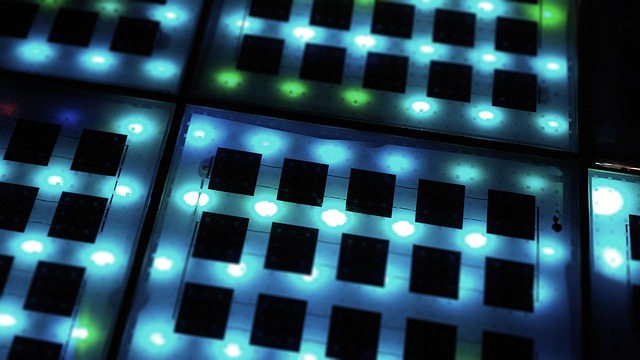
MIT researchers have shown how solar panels can be printed on paper and other cheap materials, opening a range of possibilities including homes with solar-panel window shades or wallpaper.
A recent MIT study in the journal Advanced Materials by Karen Gleason and colleagues details the innovation.
The paper photovoltaic arrays are created through an oxidative chemical vapor deposition process at temperatures less than 120 degrees Celsius.
Ordinary uncoated paper, cloth, or plastic can be used. The researchers printed solar cells on a layer of PET plastic, folded it 1,000 times, and found it would still work.
Multiple layers and a paper mask are used to print the cells in a vacuum chamber. MIT says the procedure is nearly as cheap and easy as inkjet printing.
When paper is printed with cells, it can produce less than 50V, enough to power small devices in ambient indoor lighting. The solar panel still works even if text is printed upon it.
In the video below, the voltage on a meter changes as the solar-panel paper is repeatedly folded. The paper could be used indoors or, if laminated against the elements, outdoors.
"We have demonstrated quite thoroughly the robustness of this technology," MIT quoted engineering professor Vladimir Bulovic as saying. "We think we can fabricate scalable solar cells that can reach record-high watts-per-kilogram performance. For solar cells with such properties, a number of technological applications open up."
The technology is years away from commercialization and efficiency is only about 1%. But the researchers hope to increase that dramatically by experimenting with different materials.
You might just be able to recycle yesterday's news into a source of renewable energy. See more pictures of the research here.



























































